What Percentage of Cases Go to Trial? A Personal Injury Lawyer Explains
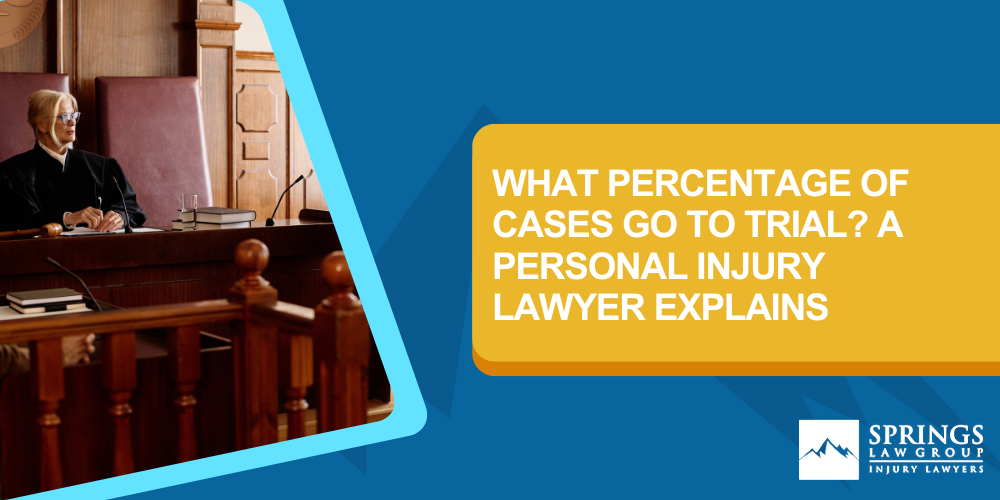
If you’ve been involved in a personal injury case, you may wonder what percentage of cases go to trial.
As a partner at Springs Law Group in Colorado, I can tell you that the number is surprisingly small. Most cases are settled before they ever see the inside of a courtroom. Let’s explore why that is, what it means for your case, and how a Colorado Springs personal injury lawyer can benefit you.
Pre-litigation: Negotiating a Settlement
The first thing to understand is that the litigation process starts with filing a lawsuit. But before that happens, there is a period known as pre-litigation.
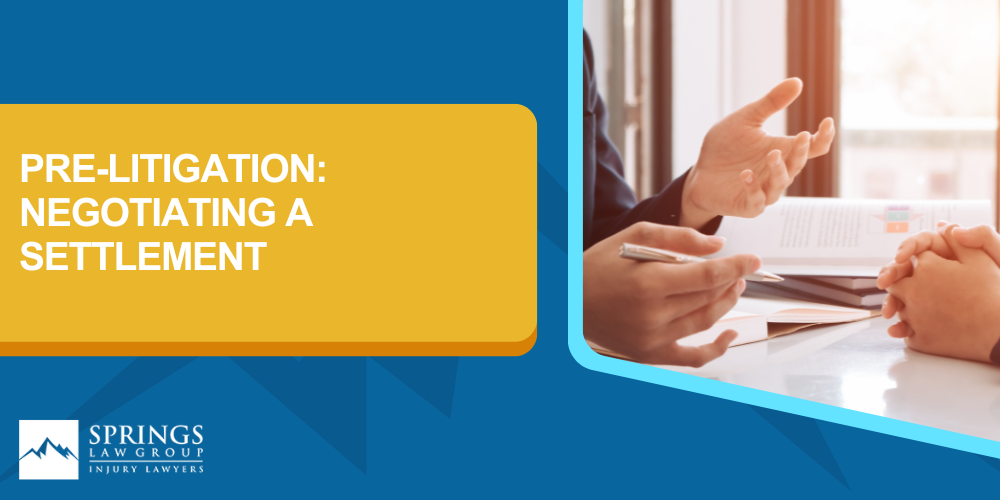
During this time, the parties involved (you and your lawyer, the insurance company, etc.) will try to negotiate a settlement without going to court. This is because once a lawsuit is filed, it becomes very expensive for both sides.
As a result, most personal injury cases are settled during pre-litigation. In fact, I would estimate that 90%–95% of cases settle during pre-litigation.
When Litigation Becomes Necessary
If a settlement cannot be reached during pre-litigation, your lawyer will discuss the risks and rewards of filing a lawsuit for a Colorado Springs accident. This is an important discussion, as litigation is risky for both sides.
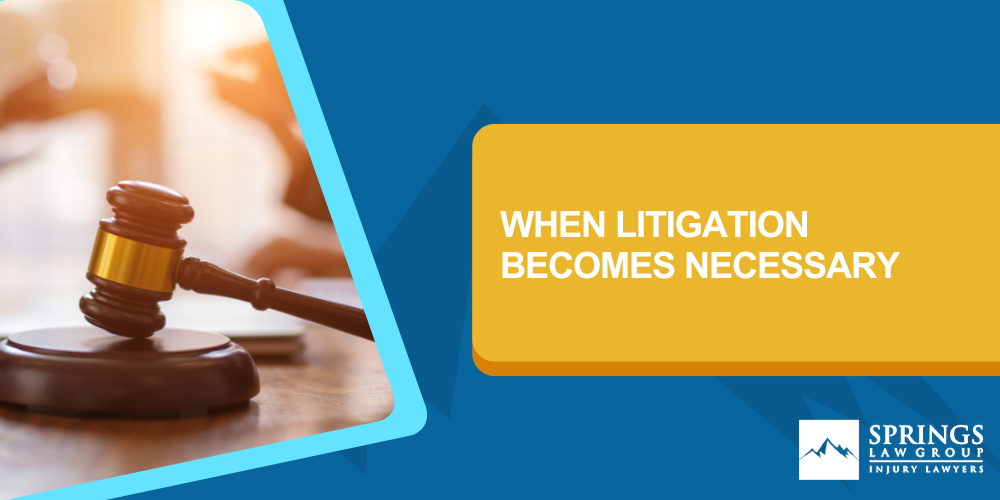
Nobody knows what a jury will do, so it’s important to understand the risks involved. This discussion is usually reserved for after negotiations so that there are actual offers on the table to consider.
Discovery and Settlement Negotiations
Assuming a lawsuit is filed, it will take nine to 12 months (in El Paso County, Colorado) before the trial occurs. During this time, both sides will engage in a process known as discovery, in which they gather evidence and information about the case.

Settlement negotiations will also continue during this time. These negotiations often involve higher numbers than during pre-litigation because the stakes are higher.
Understanding Case Value
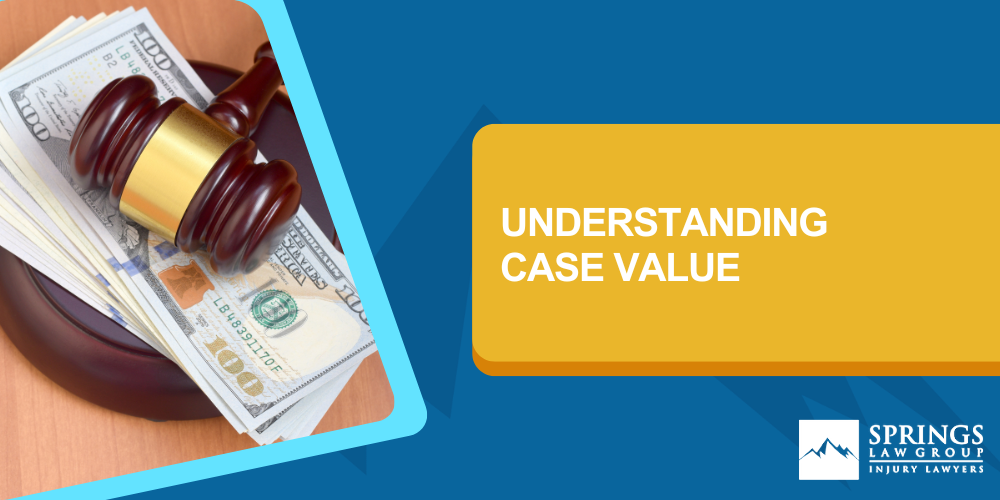
During settlement negotiations, one important thing to understand is how the insurance company assigns value to your case. They will consider the fact that they have to pay for the at-fault driver’s lawyer, which will increase your accident settlement. The more the at-fault driver’s lawyer costs, the more the insurance company is exposed, and therefore the higher the value they will assign to your case.
The Percentage of Cases That Go to Trial
Despite all of this, only a small percentage of cases go to trial, in our experience. This means that most cases are settled before they make it to court, whether during pre-litigation or during discovery and settlement negotiations.
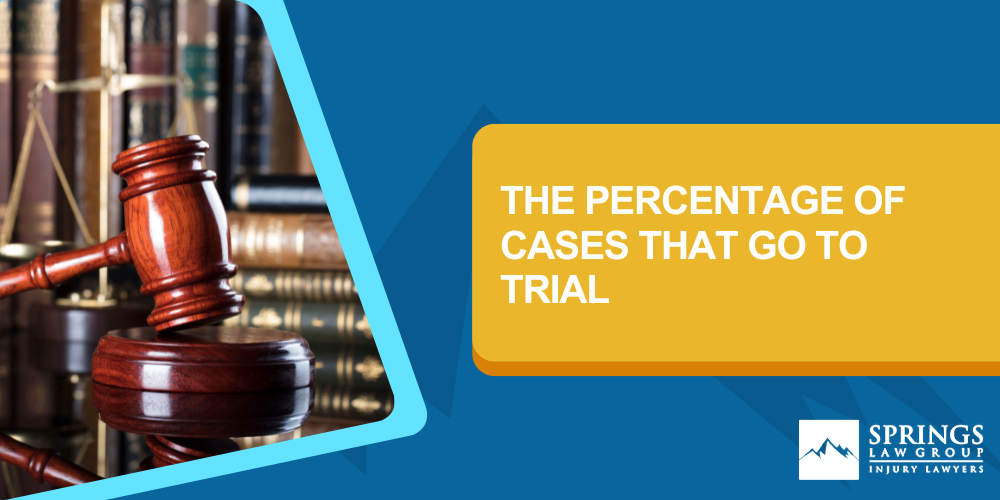
However, it’s important to remember that every case is unique, and the client is the one who is in charge. You may feel strongly that you want a jury to see your case through, and that’s your prerogative. Ultimately, you are the one who decides if your case goes to trial.
Why So Few Cases Go to Trial
So, why do so few cases go to court? The simple answer is that it’s expensive and risky for both sides. Nobody knows for sure what a jury’s verdict will be, so it’s hard to predict the outcome of a trial.
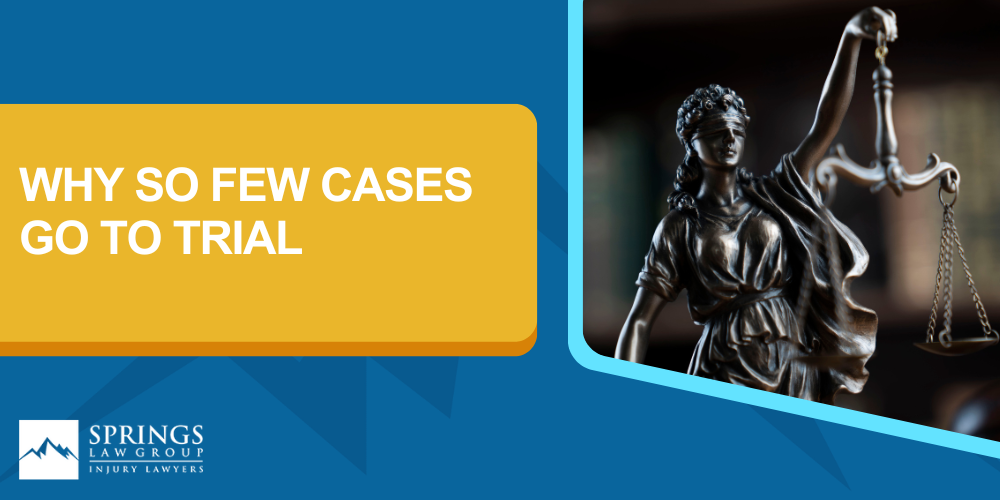
Settlements, on the other hand, allow both sides to control the outcome to some degree. They also avoid the expense and risk of going to trial.
The Bottom Line
While it’s true that the percentage of personal injury cases that go to trial is very small, with most never making it to court, you are in control of your own case.
If a personal injury settlement offer is made pre-litigation or during the discovery process that you find acceptable, you can certainly take it without going through litigation. If you want to have your day in court, that’s also your right.

However, it’s important to understand the risks and rewards of filing a lawsuit and to make an informed decision based on your unique circumstances.
If you have a personal injury case and are wondering what kind of settlement you may get and whether it will end up in litigation, contact us today at Springs Law Group. We’ll help you understand the value of your case, negotiate with the at-fault party, and represent you in court if necessary.

